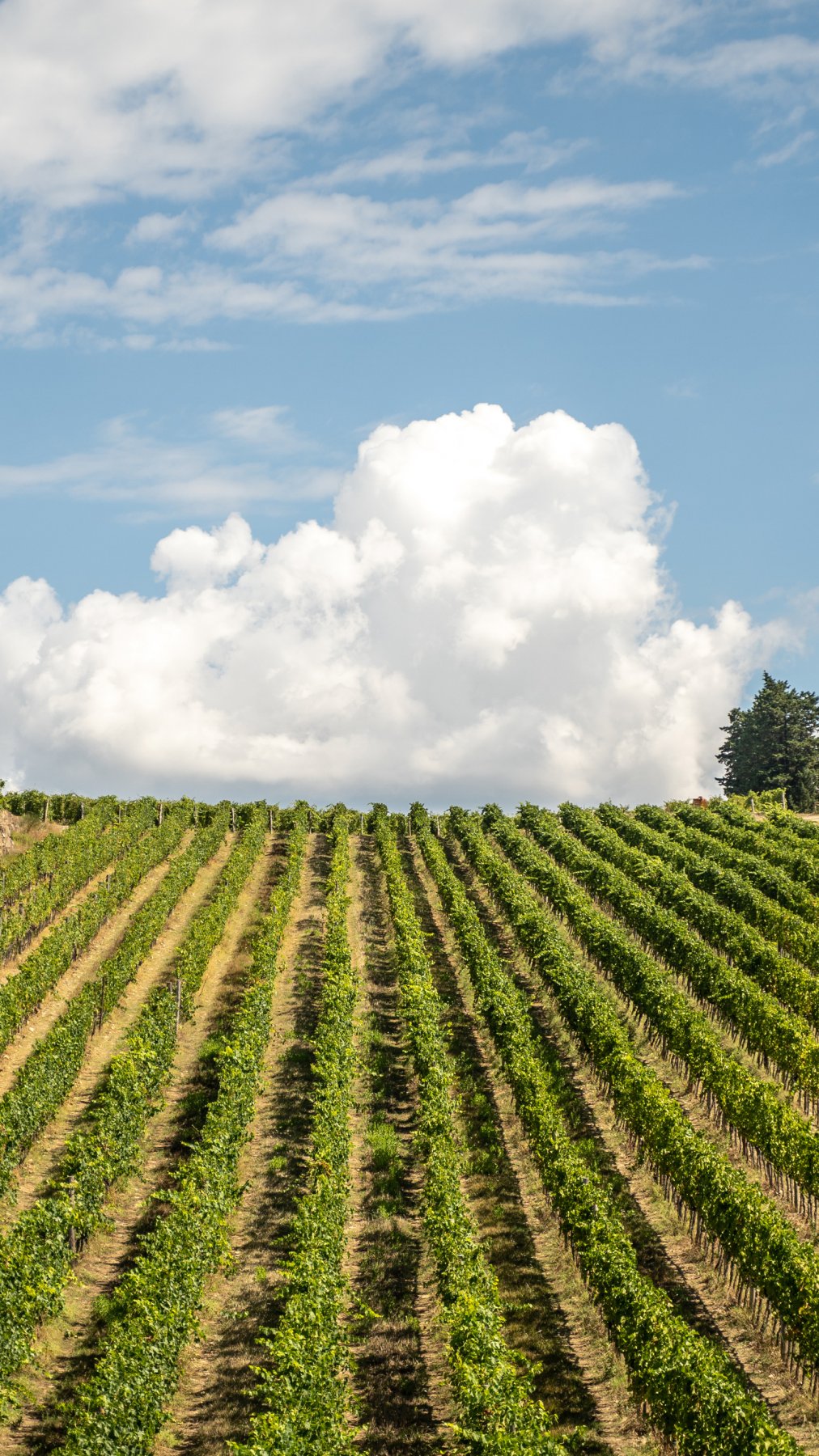It was Il Poggio vineyard, way back in 1962, that heralded the start of Castello di Monsanto’s journey in wine production, with the first harvest overseen by founder Fabrizio Bianchi. Still to this day, the company’s most iconic bottle, Il Poggio, is the first Chianti Classico to feature the name of the specific vineyard from which it comes. White grapes were removed from the recipe in 1968. Il Poggio is the source – thanks to massal selection – of all the Sangiovese, Colorino and Canaiolo vines in the winery’s other vineyards. Over 100,00 bottles have been produced and all of them spend time aging in the castle’s historic cellar, showcasing the wine’s stunning capacity for aging.

Designation
Chianti Classico D.O.C.G. Gran Selezione
First year of production
1962
Grape varieties
95% Sangiovese; 5% Canaiolo and Colorino
Training system
Guyot and spurred cordon

Vinification
In temperature-controlled truncated conical steel vats with emptying system (Délestage) and pumping over for about 20/22 days
Maturazione o invecchiamento
Aged in 3800 litre oak casks for about 20 months
Ageing
Two years of bottle aging
4 VITAE
AIS Toscana
18 pt
Vinum
94 pt
Vinous
CORONA
Vini Buoni d'Italia
94 pt
Tony Wood Italian Wines
VINO TOP
Slow Wine Guide
97 pt
James Suckling
96 pt
Falstaff
97 pt
Doctor Wine
96 pt
Decanter
5 GRAPPOLI
Guida Bibenda
95 pt
Wine Spectator
Climate trend
2017 was one of the driest years of the last decades. The first months of the year were variable with some rainfall only at the end of February and March. Some late frosts occurred after that, but from May onwards there was little rainfall and temperatures were always above the seasonal average. There were often high heat spikes in July and August. Only during the first days in September did some rainfall occur, not a lot, but sufficient to stop the heat that had been straining the vines for a long time and to successfully finish the grape ripening process. In order to confront these unusual weather conditions, it was essential to focus on vineyard management and experience in the winemaking process in order to obtain healthy grapes. Despite the significant decrease in production, the 2017 wines are pleasantly surprising in terms of quality. The colour gives a wonderful impression because in general it conveys a very interesting, lively and deep intensity. The aromas are also enjoyable, they are intense, varied with important fruity notes. Tannins are generally mature and smooth in the mouth but with great acidity and minerality which distinguish the Sangiovese grown on Galestro soil. Overall, despite the warm harvest, all the 2017 wines produced at Castello di Monsanto have the potential to improve with age.

